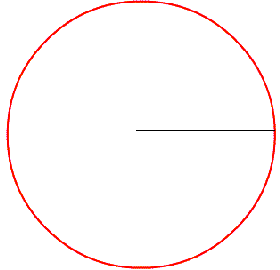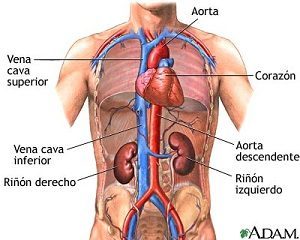 A incubator It is a device used to give life support to newborn babies, whether premature or at term, who are not prepared to adapt to the extrauterine environment.
A incubator It is a device used to give life support to newborn babies, whether premature or at term, who are not prepared to adapt to the extrauterine environment.
There are several types of incubators, the most used are closed incubators that are in the form of a glass box connected to various devices, these have holes that allow the hands to be inserted to manipulate the newborn, as well as facilitate the entry and exit of instruments and equipment.
The main function of an incubator is to provide heat so that the baby maintains its temperature within normal values, thus preventing the drop in temperature known as hypothermia from occurring. These teams also fulfill important functions when it comes to providing life support to neonates in intensive care units.
The incubators allow to maintain the temperature of the newborns
During its development, the fetus maintains a temperature of 37 ° C which is regulated by the mother. At the time of birth, the hypothalamus, which is the area of the brain responsible for controlling body temperature, is immature, so the newborn may develop a drop in temperature or hypothermia if it is not adequately sheltered, which can lead to serious consequences.
When for any reason the newborn deserves to stay in the hospital after birth, it needs to be placed in an environment with an adequate temperature, and this is the main function of incubators. These devices have a sensor that is placed directly on the baby's skin, this allows to record its temperature and emit more or less heat to keep it within adequate levels.
Support functions performed by incubators
Incubators are designed to allow the baby to be manipulated without removing it from inside, allowing various actions to be carried out, including:
-Isolation. Newborns have an immature immune system that is not prepared to deal with the microorganisms in their environment, so the closed space of the incubator provides them with protection and isolation similar to what they had inside the mother's uterus, this is especially useful in immunosuppressed newborns.
-Keep weight control. The incubators have a monitor that allows a continuous record of the newborn's weight to be kept, which is very important when evaluating hydration, fluid retention states and the nutritional status of the newborn.
 -Treat jaundice. Some newborns acquire a yellow color in the first days of life due to increased levels of bilirubin in their blood, this occurs when the baby's blood is of a different type from that of its mother and is treated with the application of UV light that is available in all incubators.
-Treat jaundice. Some newborns acquire a yellow color in the first days of life due to increased levels of bilirubin in their blood, this occurs when the baby's blood is of a different type from that of its mother and is treated with the application of UV light that is available in all incubators.
- Supply oxygen. Receivers born with respiratory problems may require oxygen to be supplied, so oxygen concentration can be increased inside the incubator, which is much easier and more practical than placing masks or nasal whiskers on the baby.
- Monitoring of the different parameters. Incubators also allow monitoring vital functions of the baby's body such as the activity of his heart, brain and breathing.
Photos: Fotolia - Olesia Bilkei / Sweetlemontea









